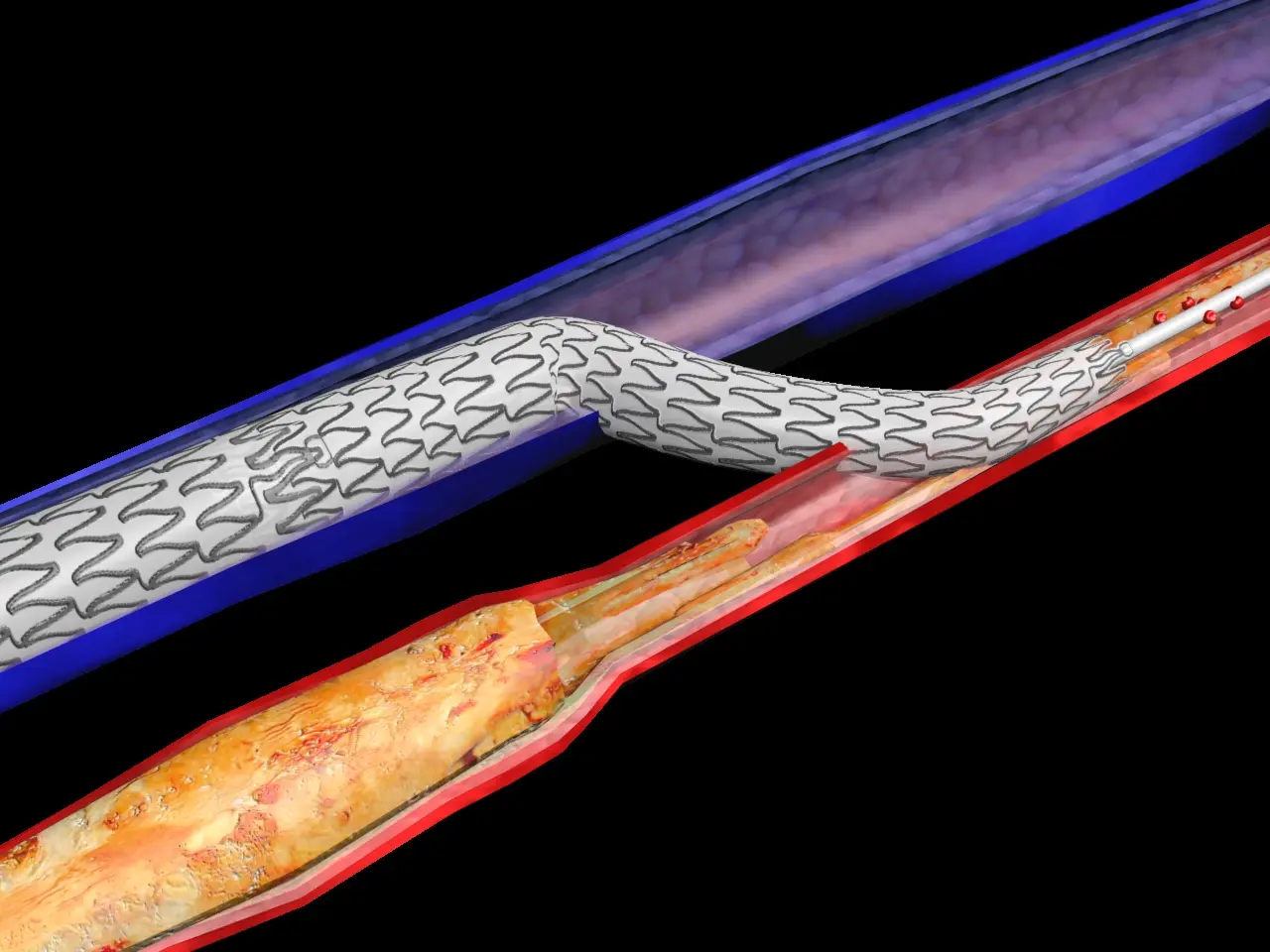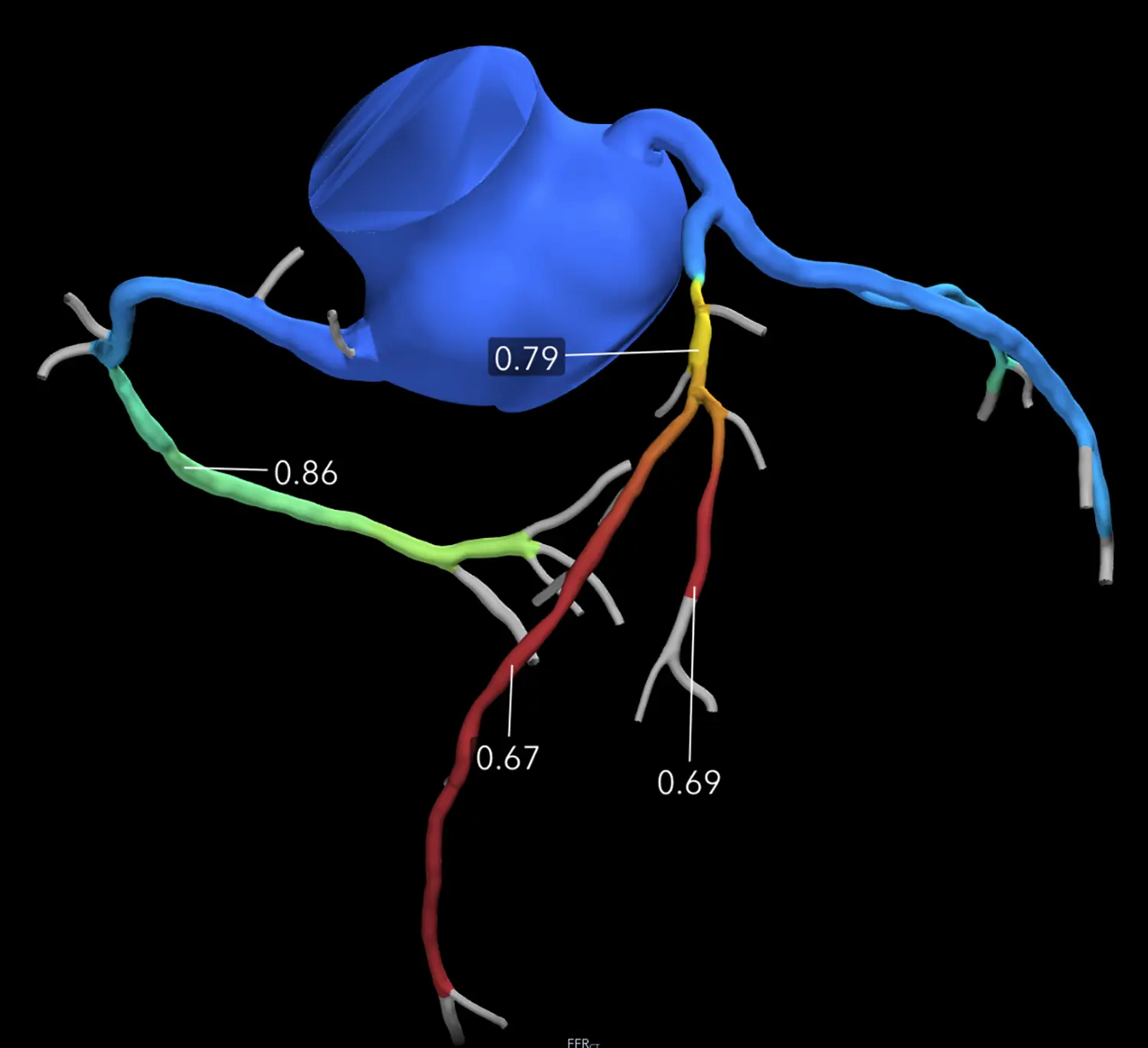Leg Pain...is it Peripheral Vascular Disease (PVD)?
August 20, 2019

PVD is a Preventable yet Common Disease
What is it?
PVD is a slow and progressive circulation disorder. It causes restricted blood flow and occurs when arteries or veins get narrower, become blocked or spasm. PVD affects any blood vessel other than the heart including arteries, veins and lymphatic vessels. The blood vessels in the legs and feet are most commonly affected, however, arteries supplying blood to the kidneys and arms are also frequently affected.
What causes it?
The most common cause of PVD is atherosclerosis which is the build-up of fatty material, called plaque, inside the arteries. Plaque reduces the blood flow to the limbs as well as decreases the oxygen and nutrients available to the tissue which the blood vessel is supplying. Other causes of PVD are an injury to the arms or legs, infection or an irregular anatomy of muscles or ligaments.
Who is at risk for PVD?
Approximately 1 in 20 Americans over the age of 50 have PVD. PVD is more common in people who smoke and more severe in patients who smoke and also have diabetes. Men and postmenopausal women and those with a family history of high cholesterol, high blood pressure or peripheral vascular disease are also at risk. In addition, people over 50 years of age and people with a history of heart disease are at risk.
What are the risk factors for peripheral vascular disease?
- Age--people older than 50
- Smoking
- Obesity
- Sedentary lifestyle
- Diabetes
- High Blood Pressure
- High LDL (bad cholesterol)
- High triglycerides and low HDL (good cholesterol)
- History of coronary heart disease, heart attack, or stroke
What are the symptoms?
“Unfortunately, about half of patients with PVD do not exhibit any symptoms,” says Jay Fisher, MD, vascular surgeon and medical director of St. Luke’s University Health Network’s Vascular Center. “For people exhibiting symptoms, the most common presentation is a painful calf muscle with exercise that subsides with rest.” Muscles need less blood flow, so at rest, the pain decreases or stops.” The range of symptoms include pain, cold feet, bluish discoloration of the affected limb, or may be as severe as gangrene or stroke.
Complications of Peripheral Vascular Disease
PVD can lead to wounds that don’t heal or heal very slowly; severe pain in an extremity; restricted mobility due to pain; amputation of a limb; and stroke. People with PVD are three times more likely to have a stroke.
What’s the treatment?
Lifestyle changes, medication and surgery are all effective options to slow or stop the progression of the disease, manage pain and reduce serious complications. If you are a smoker, the most significant lifestyle change is to quit. Other lifestyle changes include engaging in regular exercise, losing weight and eating a healthy low-fat diet.
Conditions that worsen PVD such as diabetes, high blood pressure and high cholesterol, must be controlled with medications to reduce or prevent the progression of the disease. To increase blood flow, anticoagulant (blood thinners) medication may also be prescribed.
Vascular surgery using a blood vessel from another part of the body or a synthetic tube can be used to reroute the blood flow away from the blocked blood vessel. Another surgical option is angioplasty where a catheter is placed in the blood vessel to create a larger opening to increase blood flow.
Can PVD be prevented?
By managing the risk factors, PVD can be prevented. Don’t smoke and, if you do, quit. Adopt a healthy diet by reducing fat intake and simple carbohydrates and increasing the intake of fruits and vegetables, low-fat dairy and lean meats. Maintain a healthy weight and exercise daily for 30 minutes or more. Controlling diabetes and high blood pressure may also help prevent PVD.
Read More NewsLatest News

February 28, 2025
.ashx)


